A HEALTHY ECOSYSTEMS APPROACH TO EFFICIENT WEED CONTROL
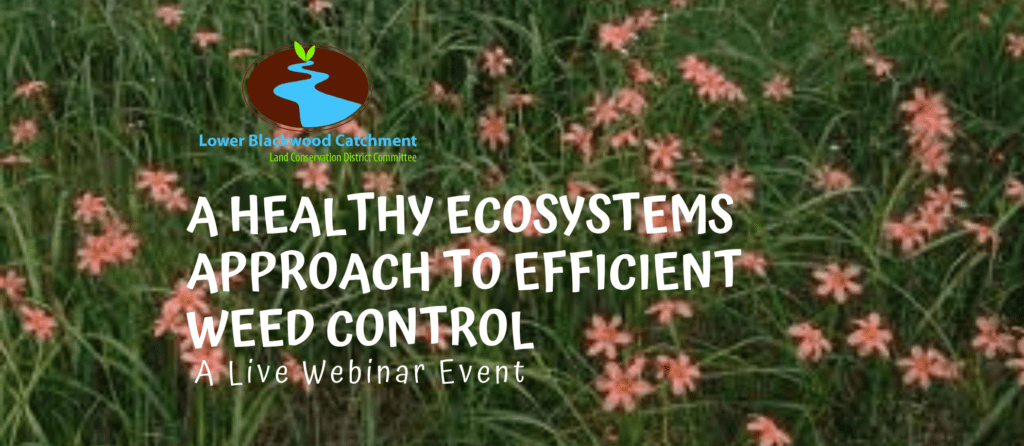
Webinar Recording with Nicole Masters
A weed is commonly defined as a ‘plant growing in the wrong place’ – this leaves a quite a lot of ‘wriggle room’ for what is and what is not a weed. If however a plant is seriously detrimental to a specific ecosystem then most would probably agree it needs to go!
Environmental weeds are a major problem, invading bushland and threatening the biodiversity of natural ecosystems by competing with native plants for light, nutrients, water, space and pollinators. Agricultural weeds invade crops and pasture and can lead to a reduction in productivity. Many weeds such as blackberries, are an issue in both scenarios.
Physical removal of these weeds is often not an option – particularly at scale, and non-mechanical control of these undesirable plants has become a lot more complex. Increasing levels of herbicide resistance, plus a rising level of awareness of the potential for negative ecosystem & human health consequences from chemical intervention, means that responsible use of herbicides needs to be more nuanced and strategic.
In this webinar recorded in July 2022, reknowned ‘soilspert’ and agroecologist Nicole Masters discusses the impact of chemical intervention on natural ecosystems and what tactics and strategies can be applied to efficiently & effectively control weeds from an ecosystem health perspective.
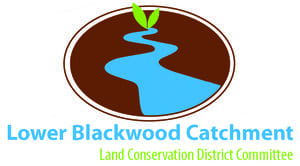
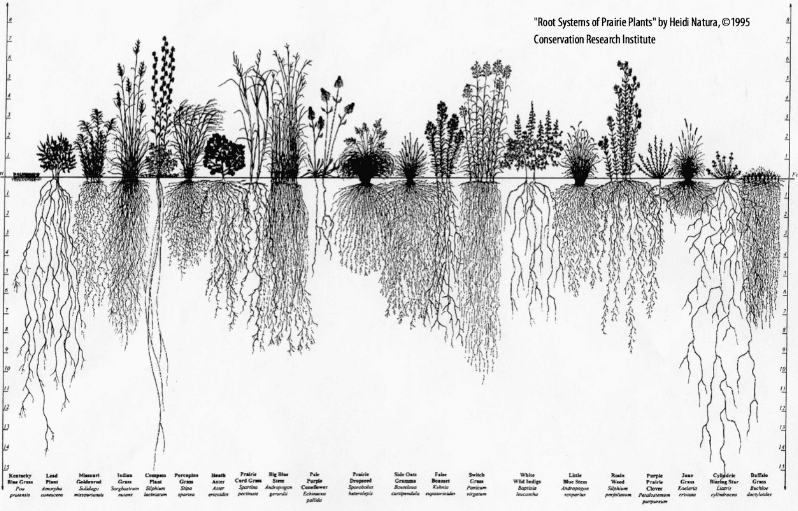
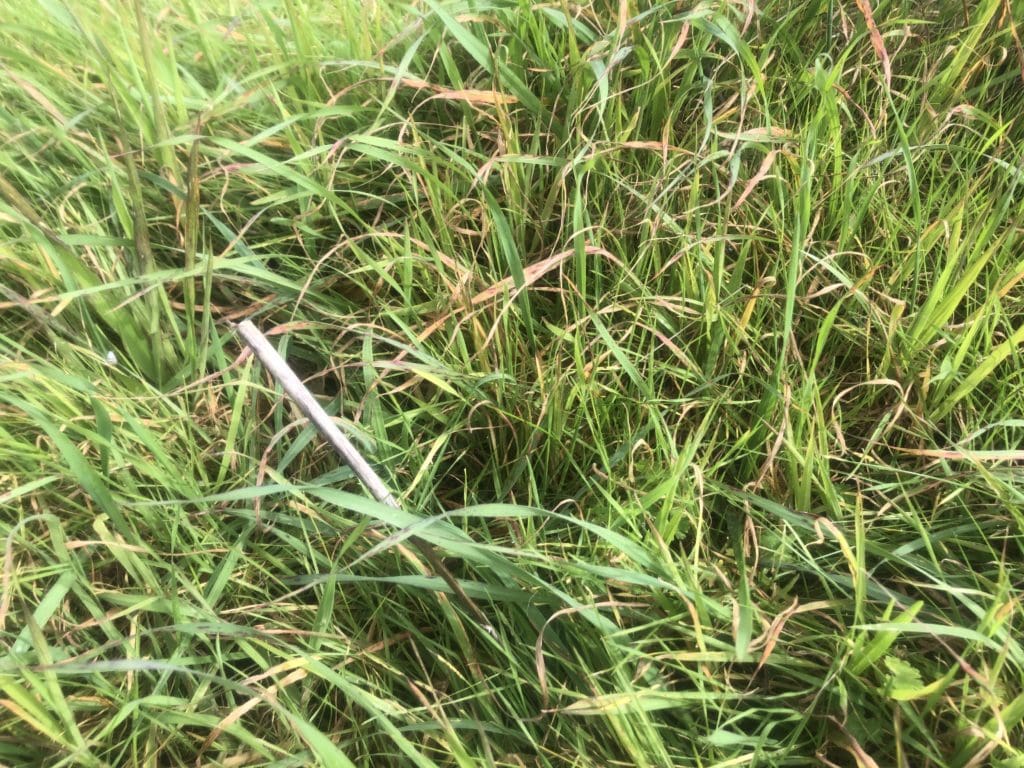
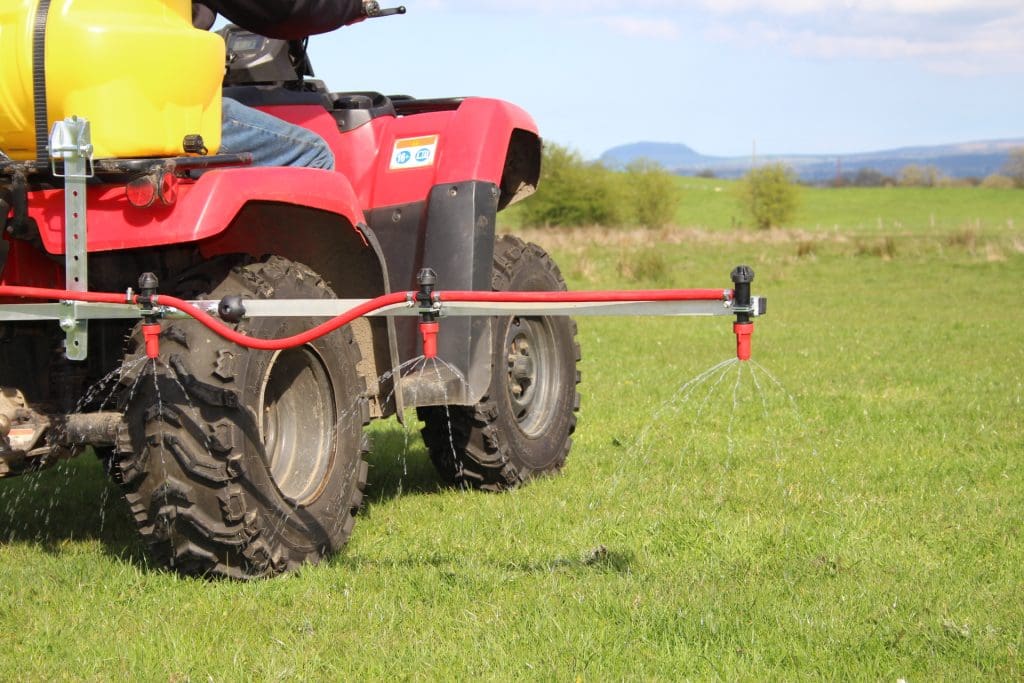
Thank you Kate. Much appreciated.
Clarifying question: In slide 50, what does 5-25# mean?
Hi Vanessa, I’m pretty sure it just means the number of plants needed to soak in a bucket to make enough tea for spraying an acre of land.